By: Michael Weil
One thing that I think we all take for granted at times is having safe, clean air to breathe. Breathing is natural and involuntary. We do it several thousand times a day without even thinking. That is why it is so important that the air we breathe is safe and free from harmful contaminants that can cause poor indoor air quality (IAQ).
How can you tell if your indoor air is unsafe?
Sometimes, it is obvious when there is a problem. A strong, overpowering chemical odor may be smelled. A musty odor accompanied by visible mold growth and physical symptoms may indicate a problem. However, oftentimes air contaminants can be at unsafe levels without being detected by our senses.
Two common types of indoor air sampling: mold and industrial hygiene
The only way to know the amount of an air contaminant that you are being exposed to is to conduct indoor air sampling. It is important to realize that indoor air sampling is not all inclusive. There is not just one test to sample for all possible contaminants. So, it is helpful to have an idea of the specific contaminant or range of chemicals that may be present in the area of concern.
Mold Sampling
Mold sampling is often conducted in both residential and commercial buildings. A person may have the air tested for mold in their house or business because of a musty odor, visible mold growth, physical symptoms, or discovery of a water leak. Mold, like all living things, needs water to survive. High levels of indoor microbial growth are most often associated with buildings that have had water intrusion, water leaks, or high humidity.
The process of collecting a mold air sample is fairly simple. A pump, that has been set to a specific flow rate, is used to draw the air across the sample media for a set amount of time, usually ten minutes. Mold spores that are in the air get trapped in the sample media, which can then be analyzed to identify the types of mold and the spore concentration for each type. A sample is collected in all the identified areas of concern as well as outdoors. An outdoor sample is necessary for comparison purposes. It is generally accepted that the types and numbers of mold spores present in an indoor air sample should be similar or less than those found on the concurrent outdoor sample. If the spore concentration indoor is higher than outside, there may be an indoor source of microbial growth.
Mold spores are everywhere. It is likely that the room you are in right now has thousands of mold spores in the air. This is not necessarily a problem. It becomes a problem when the amount is significantly higher than outside, or when there is a high concentration of certain types of mold. Everyone has different sensitivities and allergies to the different types of mold. That is why there is not an established number for the amount of mold in indoor air that is safe, and it is necessary to use the indoor and outdoor comparison method.
Read more about mold testing and sampling from the U.S. Environmental Protection Agency (EPA)
Industrial Hygiene
Indoor air sampling conducted in manufacturing or industrial facilities, commonly referred to as industrial hygiene, is another common type of air sampling. While it can be a little more complicated than mold sampling, the process of collecting a sample is essentially the same. A known volume of air is drawn through the sample media using a pump that has been set to a specific flow rate. A high-volume pump or a low volume pump may be used depending on the flow rate needed for the contaminant of concern. Every contaminant has a specific sample media, flow rate, and sample time. A separate sample may have to be collected for every constituent of concern, although similar chemicals can sometimes be grouped together in scans (aldehyde scan or solvent scan for example). Some common sample media used in industrial hygiene sampling include glass charcoal tubes and various types of filter cassettes.
The two types of air samples collected at manufacturing facilities are personal and area samples. Personal sampling is conducted through the use of a small, wearable pump that is clipped to the worker’s belt, with the sample media being placed in the breathing zone. Personal sampling is an effective way to see what an individual worker’s exposure is. Area sampling is accomplished by attaching the sample media to a tripod. Area sampling is utilized to see what the exposure is in a certain area of the facility.
Determining what contaminants to sample for is an important step in the process. Knowledge of the chemicals used and of the specific manufacturing process is critical. Safety data sheets can be used to help determine the specific chemical compounds in products used in the facility. Once the sampling has been completed, the results are compared to applicable standards, usually the Occupational Safety and Health Administration (OSHA) Permissible Exposure Limit (PEL).
Read more about indoor air quality from OSHA
Because air contaminants are often invisible and can go undetected, it is necessary to conduct air testing. Whether it is at our homes or places of work, indoor air sampling can be an effective tool to make sure the air we breathe is safe.
If you have concerns about indoor air quality, contact EMC today.



